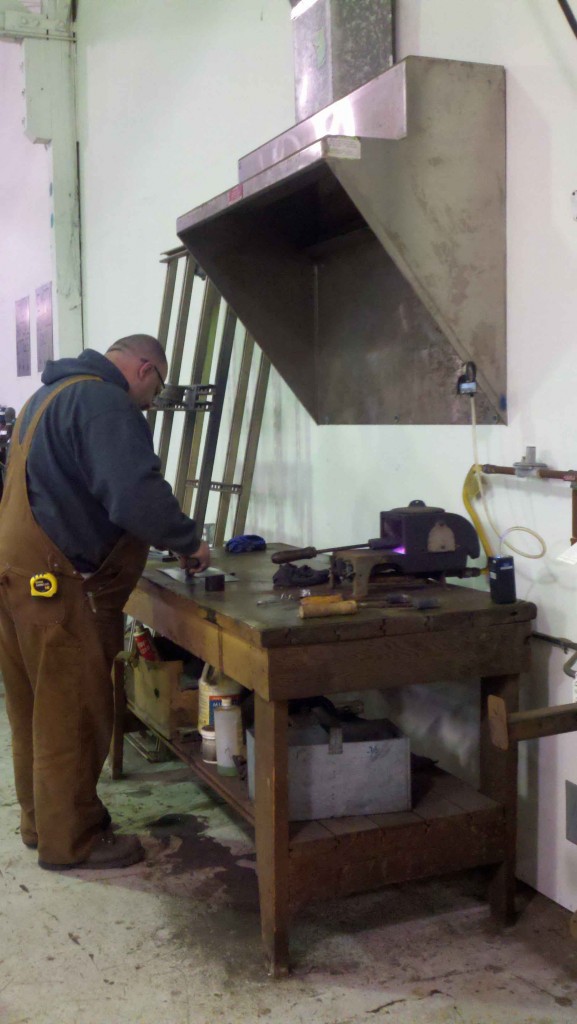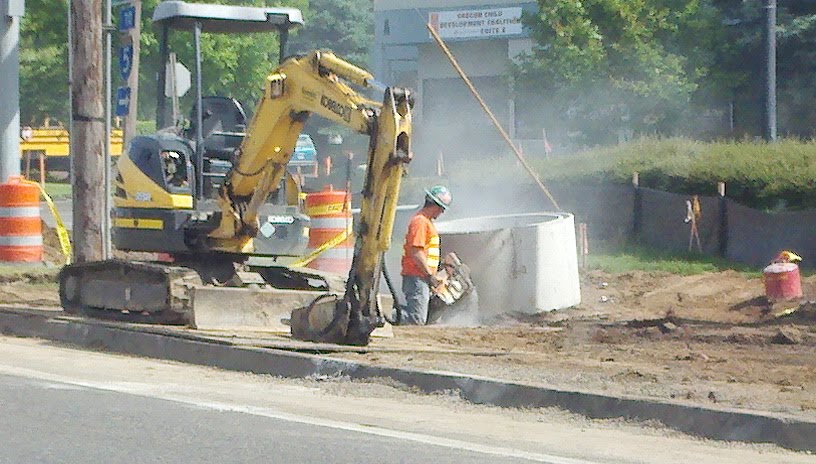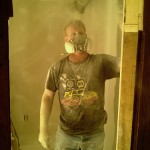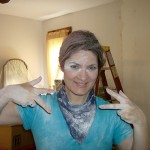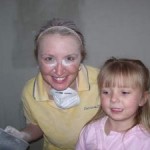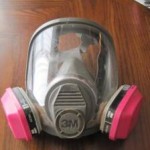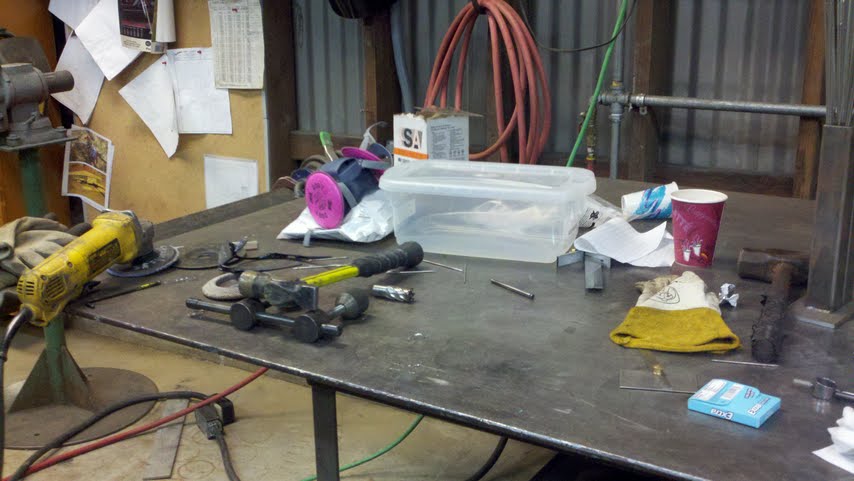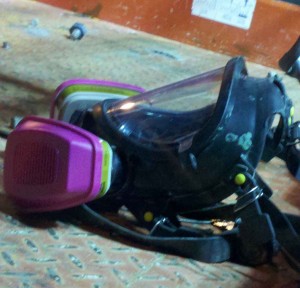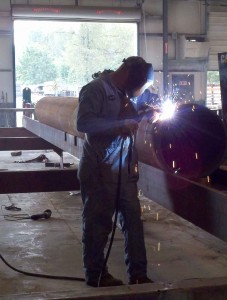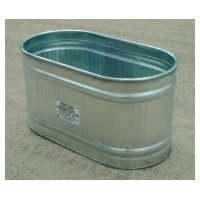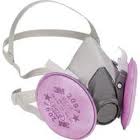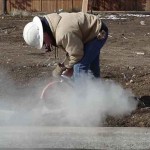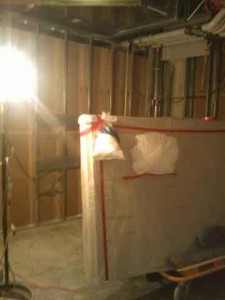Tue 5 Jun 2012
Lead exposures during HVAC soldering work
Posted by admin under Air Monitoring, Lead, Management, Respirators, ventilation
Comments Off on Lead exposures during HVAC soldering work
As you may know, sometimes tin knockers (aka sheetmetal workers) Â use sheet lead, or lead soldering, to make flashing on roof vents. Here is a picture of what these commonly look like (if there is (?) a common one).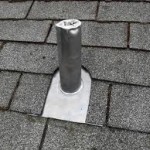
The lead iron is heated up. Lead solder, or sometimes lead/zinc solder is used. Muratic acid (or similar) is used to clean the stainless steel. The iron is used to heat up the solder and drip it on the stainless surface. Anyways, the process creates lead fumes. This is dangerous both from airborne inhalables to the contact surfaces surrounding the area.
The surfaces around these areas are usually very high in lead content. There is not a OSHA standard for lead wipe tests. However, in the past OSHA has used the HUD standards and cited employers under the general duty clause. If you are performing these tasks, please make sure you are doing everything you can to limit the airborne, dermal, and ingestion exposure.
- Follow OSHA Lead Standard (1926.62).
- Train your employees.
- Ventilation (downdraft is best). This is the best way to control the fumes.
- Post signs in the area “lead work and hazardous”.
- Perform air monitoring. I have found levels both above, and below, the exposure limits.
- Wear a respirator (1/2 face negative air with HEPA).
- Do not: eat, drink or smoke in this area.
- Good hygiene. Wash after doing these activities.
- Use a plastic sheeting on all surfaces. This makes it 100x easier to clean up.
in other words, don’t do what is in this picture below:
